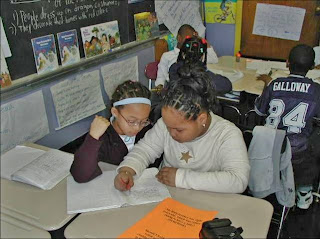Web 2.0 Writing and Education

This post comes courtesy of Lindsey Wright , a guest blogger to Living Life Twice. Welcome Lindsey! Lindsey is fascinated with the potential of emerging educational technologies, particularly the online school, to transform the landscape of learning. She writes about web-based learning, electronic and mobile learning, and the possible future of education and its potential for writing. 'From hieroglyphics to blogs, humans have always had a need for written communication. Evolution and technology have made use of the written word increasingly complex. The rise of Web 2.0 has brought about a major shift in the media through which people communicate. Consumers of media are now increasingly the producers of media. Writing has become the fundamental skill essential to surviving in a globalized, Internet-based society. Writing is the basis for Web 2.0 participation and contribution and has become one of the most important skills learned in school. Scholars Sean Wiebe and Sandy McAu







